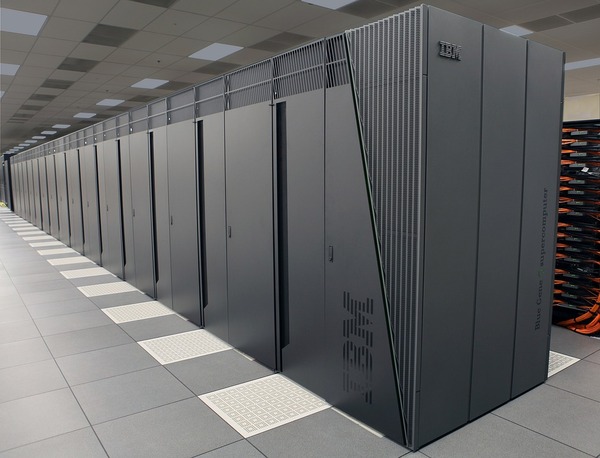If you run an IBM mainframe today, you have to choose between two great operating systems options to power it: Linux vs. z/OS. How do you decide? Here’s a guide to choosing the right operating system for your IBM mainframe.
A (very) brief history of mainframe operating systems
If you have worked in the mainframe world for decades, you know that mainframes are much older than Linux-based operating systems. Mainframes originated in the 1940s. By the 1960s they had become common in businesses.
In contrast, the Linux kernel was born in 1991, and GNU, the project that provides many of the utilities necessary to build complete Linux-based operating systems, dates to the mid-1980s.

So, for the first several decades of the history of mainframe computing, Linux did not exist. The only operating system choices for IBM mainframes were systems developed by IBM itself: first, OS/360, which was replaced by OS/390, which was superseded in the early 2000s by z/OS.
z/OS remains IBM’s mainstay mainframe operating system today. But IBM is no enemy of Linux. On the contrary, IBM was the first big tech company to make a big bet on Linux, when it announced in the early 2000s that it would invest one billion dollars in the then-unproven free operating system.
In addition to z/OS, IBM also offers a Linux-based operating system for its mainframes.
Read our whitepaper
Getting the Most Out of Your Mainframe
See how to offload, accelerate and lower cost of your mainframe to maximize its value
Linux vs. z/OS
So, in terms of support and official endorsement from mainframe manufacturers, there is little difference between z/OS and Linux for mainframes. IBM promotes both platforms.
Functionally, there is also not much that is radically different between the two systems. You can perform most of the same tasks on z/OS that you can on Linux. Most mainframe apps can run on a Linux system, for example. However, some things are easier to do on z/OS than on Linux, and vice-versa.
It’s Linux vs. z/OS. See the four considerations below to decide which is the best fit for your mainframe.
Determining whether z/OS or Linux is the best fit for your mainframe, therefore, boils down to identifying exactly how you plan to use your mainframe and deciding which operating system platform will allow you to achieve your goals with the greatest ease.
Toward that end, here is a list of four considerations you should factor in when deciding between z/OS and Linux:
1. Which apps do you run?
If most of your workload involves native z/OS apps, run them on z/OS. While you can compile and execute apps written in COBOL on Linux, things will just be simpler using z/OS. On the other hand, if your main goal is to use the massive compute and storage power of your mainframe for hosting modern applications, you’ll be able to install and run them easily on Linux.
2. What’s your IT team’s background?
It’s much easier to find engineers with Linux expertise today than it is people who know mainframes. If you have a dedicated team of mainframe veterans already on staff, they’ll have no trouble supporting z/OS environments. Otherwise, Linux can be a better choice from a support perspective.
3. Backward- and forward- compatibility
How important is it to make sure your mainframe environment always remains compatible with the next generation of applications? If it’s very important, Linux may be a safer bet. Linux is less likely to become incompatible with next-generation applications than is z/OS. On the other hand, if you have decades-old mainframe applications that you expect to continue needing to support for decades to come, z/OS is a safer option. Linux may be able to run most of your mainframe apps today, but that could change in the future.
4. Efficiency
Are you bent on making full use of every CPU cycle of computing power and every bit of memory that your mainframe has to offer? If so, z/OS is a better option. That’s not because Linux as an operating system is less efficient in general, but because Linux on mainframes typically runs in virtual environments (through z/VM). Virtual environments are not as efficient as environments that run directly on your hardware. So, with Linux on your mainframe, you take a small performance and efficiency hit.
Keep in mind, too, that there is no reason why you can’t have the best of both worlds. You can use z/OS and Linux together on the same mainframe, thanks to z/VM virtual environments.
Still, you must decide exactly which workloads to devote to z/OS, and which to Linux. The guidelines above can help you with that.
Precisely can help you plan your mainframe strategy too, by helping you optimize resources on the mainframe, saving time and money – money that can help you fund other projects. To learn more, read our whitepaper: Getting the Most Out of Your Mainframe







